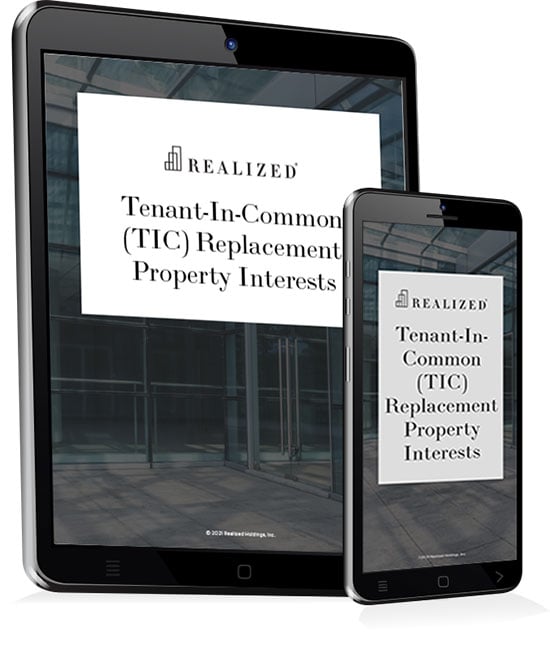
Sorting out real property ownership interests following the death of an owner can be a complicated, messy, and prolonged legal process.
One way for joint property owners to avoid having ownership rights tied up in extended legal proceedings is to title or deed co-owned properties as a joint tenancy with right of survivorship. By establishing this type of property ownership arrangement, owners can ensure their shares of jointly owned property automatically go to the surviving owners and won’t be settled through probate.
Here’s a closer look at the potential benefits of deeding real estate as a joint tenancy.
What is a Joint Tenancy?
Joint tenancy is a common ownership arrangement where two or more people hold undivided interests in real estate. Each owner has the same right as the others to use and occupy the entire property regardless of how much money one party has invested in the asset. Each owner also has an equal right to meet any financial obligations or share in profits derived from the property.
This type of legal ownership agreement is often used by married couples, relatives, or close business associates because of the way one owner's shares of the property are handled at death. Deeding an asset as a joint tenancy forms a right of survivorship, which means that a deceased owner’s shares are automatically transferred to the surviving owners. The remaining owner(s) take 100 percent ownership of the property.
A joint tenancy arrangement streamlines the transfer of ownership of real estate and eliminates any problems that may arise by having a decedent’s affairs settled in probate. The surviving owners can move quickly to continue owning or managing the property, or divest it if that’s necessary. This could be beneficial for business partners who jointly own an investment property because ownership interests cannot be challenged by a surviving spouse, and the remaining owner is free to make unencumbered operational or strategic decisions about the asset.
A joint tenancy differs from the more common tenant in common (TIC) ownership structure. In a tenancy in common, owners are free to bequeath their interests in a property to a beneficiary of their choosing. If a TIC owner dies, his or her assets will be settled via probate, which could take several months to complete. The aforementioned business partner would be left in limbo during this time and may eventually be saddled with an undesirable business partner once the decedent’s affairs are finally settled. The joint tenancy arrangement ensures immediate transfer of ownership from the decedent to the remaining owners.
Putting it all Together
There are several ways property owners can deed jointly owned real estate. Creating a joint tenancy with right of survivorship ensures automatic transfer of one owner's interests in a property to the surviving owners and avoids having the decedent’s affairs hung up for months in probate court.
This material is for general information and educational purposes only. Information is based on data gathered from what we believe are reliable sources. It is not guaranteed as to accuracy, does not purport to be complete and is not intended to be used as a primary basis for investment decisions. It should also not be construed as advice meeting the particular investment needs of any investor.
Realized does not provide tax or legal advice. This material is not a substitute for seeking the advice of a qualified professional for your individual situation.



